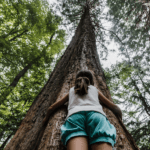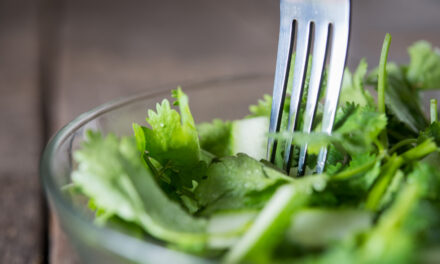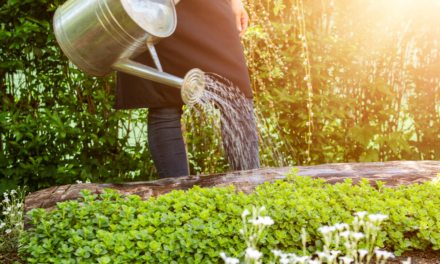
Our 6 tips for reusing your dead leaves in autumn!
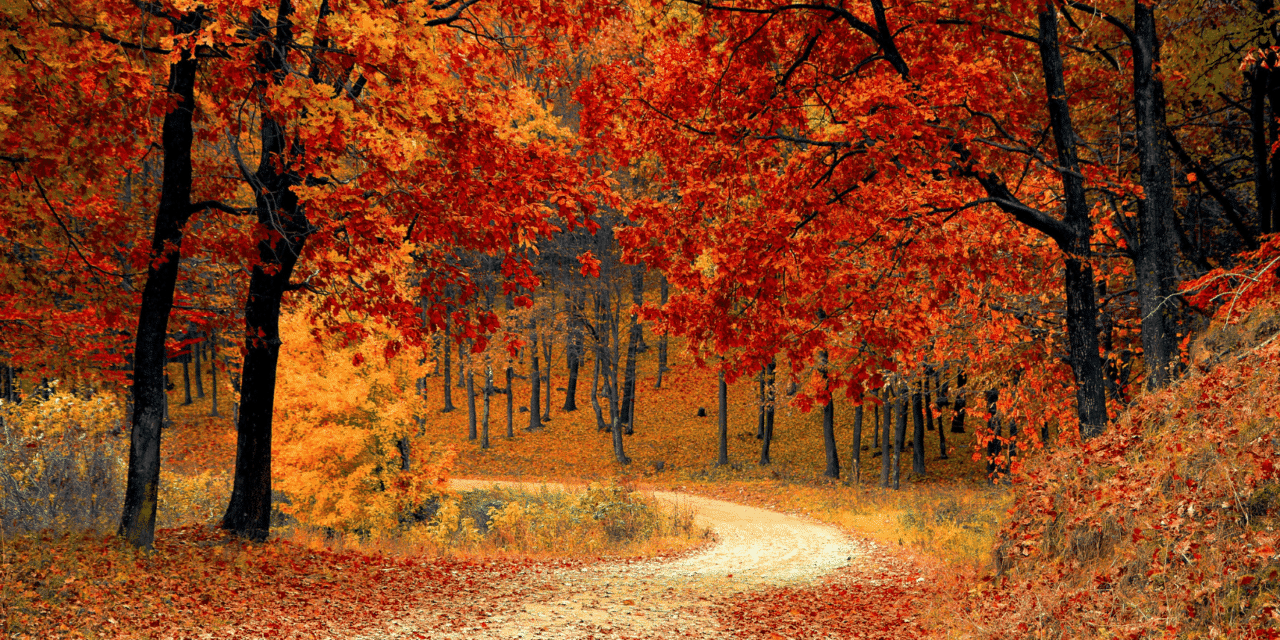
Dead leaves: Autumn has arrived! Tree leaves are slowly turning orange before gently falling on the ground. But what to do with the thousands of dead leaves that litter our gardens? Here are our 6 tips for reusing dead leaves in autumn!
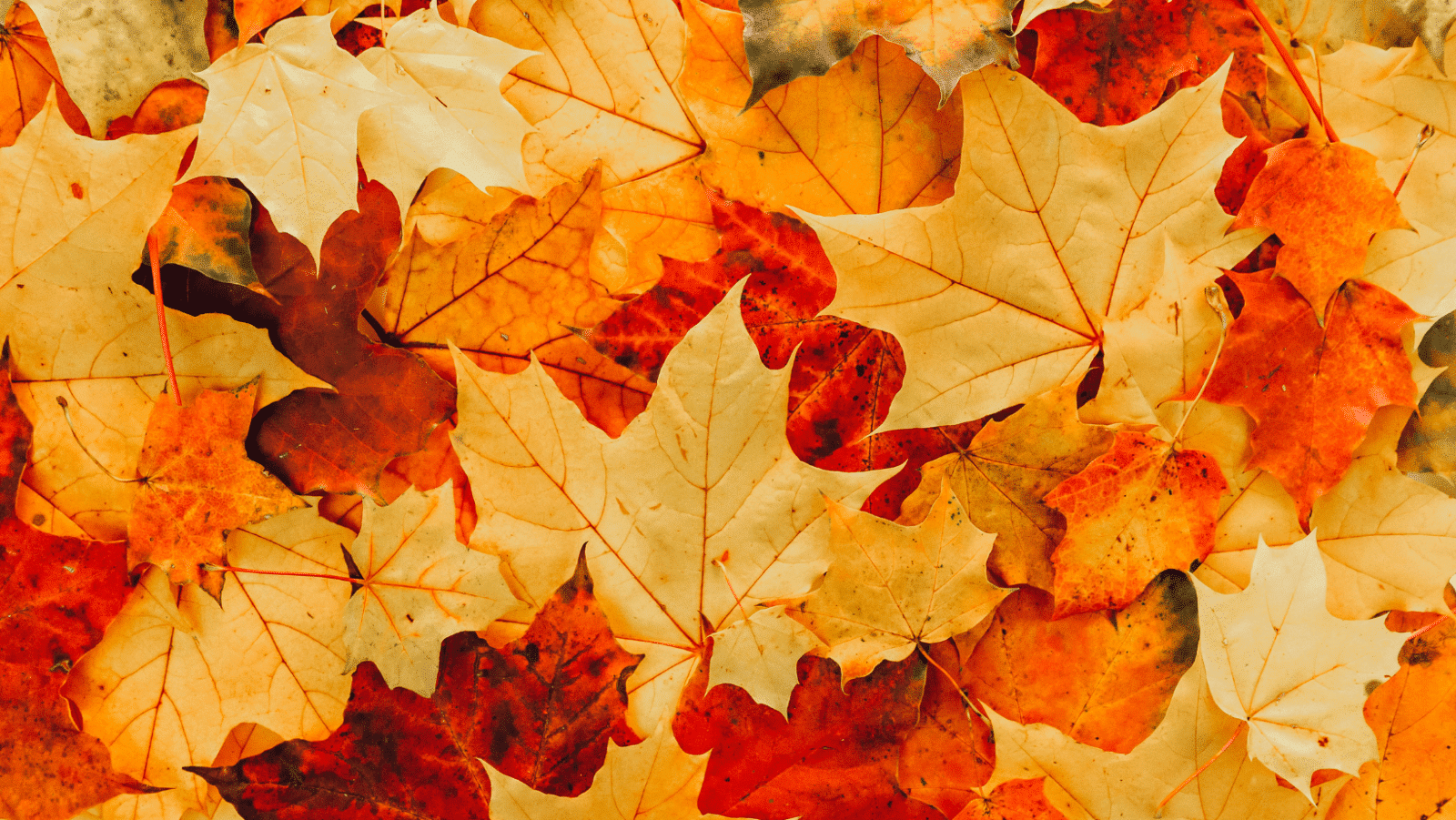
Dead leaves: a source of fertilizer
Dead leaves are full of nutrients that are useful for the preservation and development of your garden. And you don’t need a green thumb – our tips are easy to do!
A protective mulch
- Before they start to decompose, consider using your dead leaves as a protective barrier! Spread the chopped leaves around your srubs’ beds and on your perennials. This layer of foliage retains moisture and limits the growth of weeds. The blanket acts as an insulator and keeps your vegetation warm! Another protective aspect is that this blanket of leaves limits soil erosion in the event of rain. As the season progresses, the leaves decompose and become a natural fertilizer.
Mowing
- Do you spend your days collecting leaves on your lawn and a gust of wind blows away all that work? By mowing your lawn without removing all the leaves, you create your own fertilizer! The mower cuts these leaves into small pieces, accelerating the decomposition process and the absorption of mineral nutrients by the grass. To do this, mow frequently, then when the tree foliage falls, mow a second time without the bagging attachment. When you mow the lawn one last time, put the bagging attachment back on. The excess chopped leaves will then be collected in the bag!
Make compost
- These carbon-rich leaves makefor an even more powerful compost when mixed with the nitrogen-rich grass clippings. Simply layer three or four layers of leaf litter and other garden waste on top of grass clippings and other green leaves. You will need a container to store this pile. The layers of dead leaves are 10 cm thick and the layers of grass clippings are about 3 cm thick. In no time at all, you will have natural compost and a healthy garden!

Dead leaves: a shelter for animals, decorative objects and a playground!
Leaves are an excellent source of essential nutrients for the well-being of your plants and lawn. However, if you have too much of them and don’t know what to do with them, we have the solution!
A shelter for animals
- They may not be visible to the naked eye right away, but when we are away or have our backs turned, our garden can be home to many animals: hedgehogs, toads, frogs… So let’s protect them! The next time you are in the garden, leave a pile of leaves in a corner. These piles often contain a large number of insects and earthworms. A real buffet for hedgehogs and other species that spend the winter there.
Decorative
- With their orange tones, dead leaves are ideal for giving your home a warm atmosphere. Collect a few that are not too damaged and clean. You can then place them in a herbarium, in a frame or on a glass table.
A playground
- Do you have pets or small children? No need to buy toys, just create a pile of dead leaves and you’re done! Dogs love to jump in them, children as well and you can even join them if you feel like it. Bring out the child in you!
So this autumn, collect your dead leaves to fertilise your garden, decorate your house and have fun with your children!
To find all our news, find us on Instagram and on our Twitter account.
We publish daily on our social networks so that you can be up to date every day. You can also share our content on your own networks from the options at the bottom of the page!
See the article on THE ALAIN DUCASSE COOKING SCHOOL: AN EDUCATIONAL AND EVIRONMENTAL CUISINE!
The preservation of clean water and access to it for all is at the heart of Less Saves The Planet’s commitments. You can now read Chapter 4 SAVING WATER AND THE EARTH from our book Less Saves The Planet available for free. The entire book is also available on our website.
See you soon for our next article!




